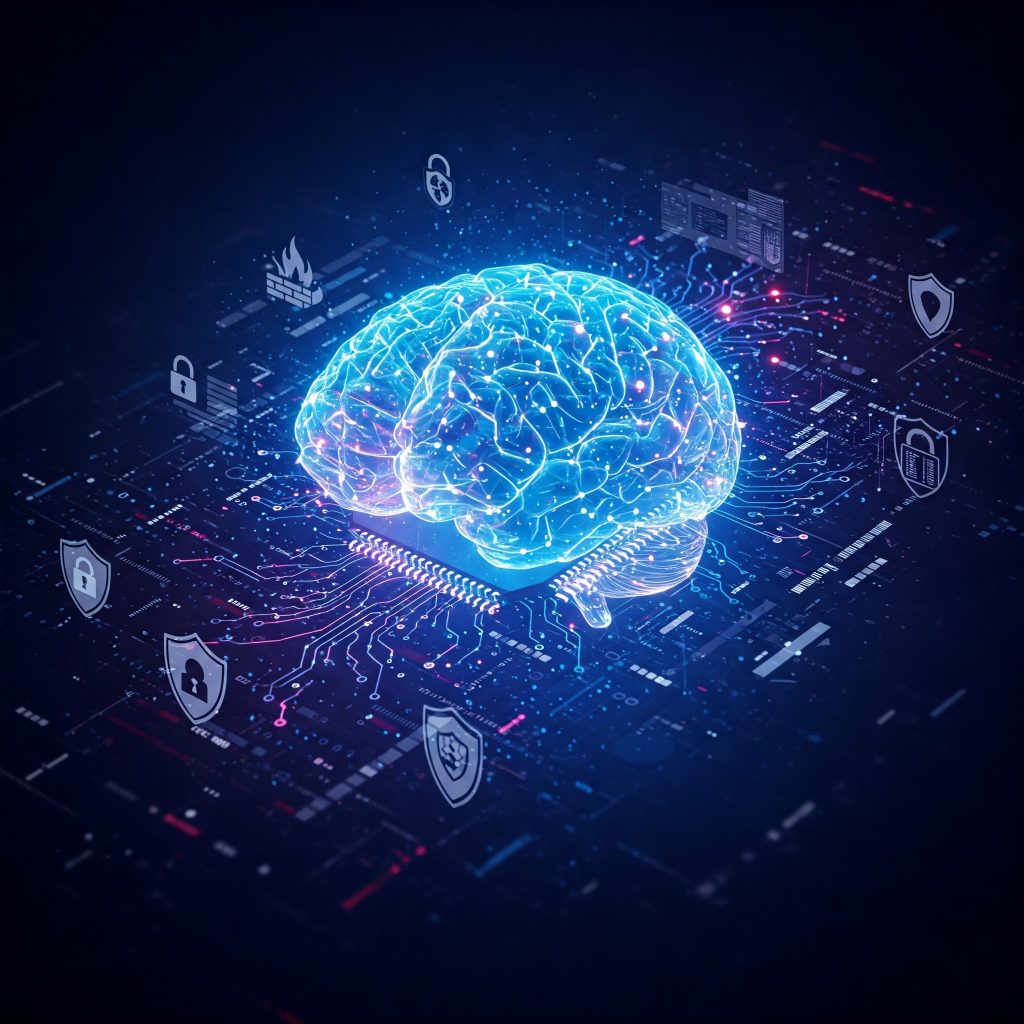
AI’s Ascension In the Cybersecurity Space
In the last ten years, artificial intelligence (AI) has evolved from a theoretical technology into an integral component of cyber defense strategies. As cyber threats have grown more sophisticated, frequent and automated, traditional security tools have struggled to match that pace. And AI has mobilized to close this gap—enabling systems to identify anomalies, analyze massive datasets in real time, and respond to threats with swiftness and exactness. Machine learning is a data analysis technique that automates analytical model building, enabling AI to learn from past attacks and evolve over time to keep pace with the threats posed by advancing cybercrime.

Advantages and Danger on Both Ends
The burgeoning of AI in the field of cybersecurity, however, creates a double-edged sword: while it reinforces protection, it simultaneously provides avenues for malicious maneuvers. Organizations are using AI to improve threat detection, automate security operations, and take proactive measures to stop breaches. At the same time, cybercriminals are using AI as a weapon to create more targeted, scalable, and smarter attacks — including deepfake scams, AI-generated phishing, and self-morphing malware. The challenge posed here is that AI is dual-use and so both attackers and defenders are engaged in an arms race of getting ahead of each other in terms of either capability or implementation.
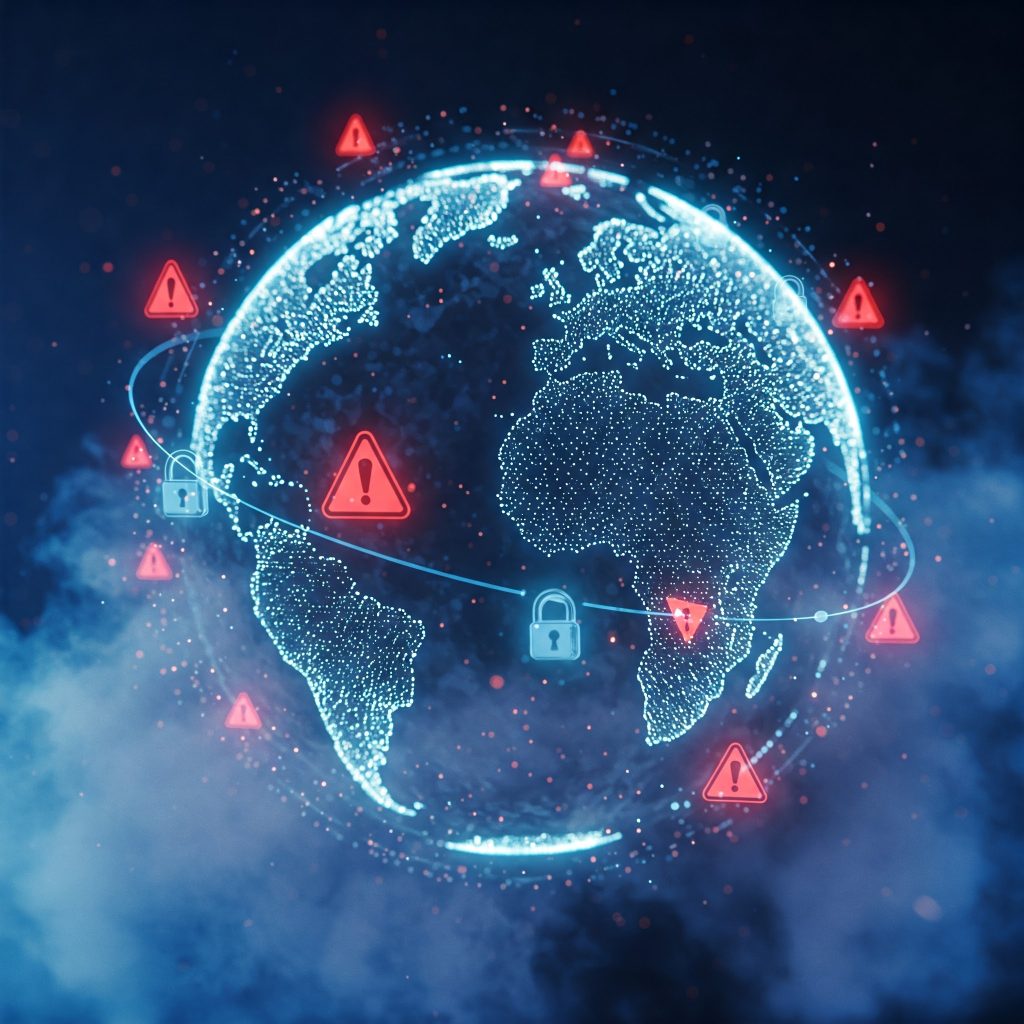
Significance of Solving This Puzzle in the Digitalization Era
Since the world is so interconnected now, information has become the ultimate money and digital infrastructure the underlying driver of almost everything in society, the effects of AI’s two-edged function on cybersecurity are tectonic. Disregarding the dangers under the supposition that the advantages carry no disadvantage can be cultivating dangerous formulas that render the cyber adversary triumphant. While AI continues to shape the digital defense of the future, policymakers, security professionals, and business leaders must collaborate to establish ethical norms, best practices, and regulatory safeguards. Faced with this challenge, doing nothing is not only unacceptable—it is the most important way to ensure a safe digital future for all.
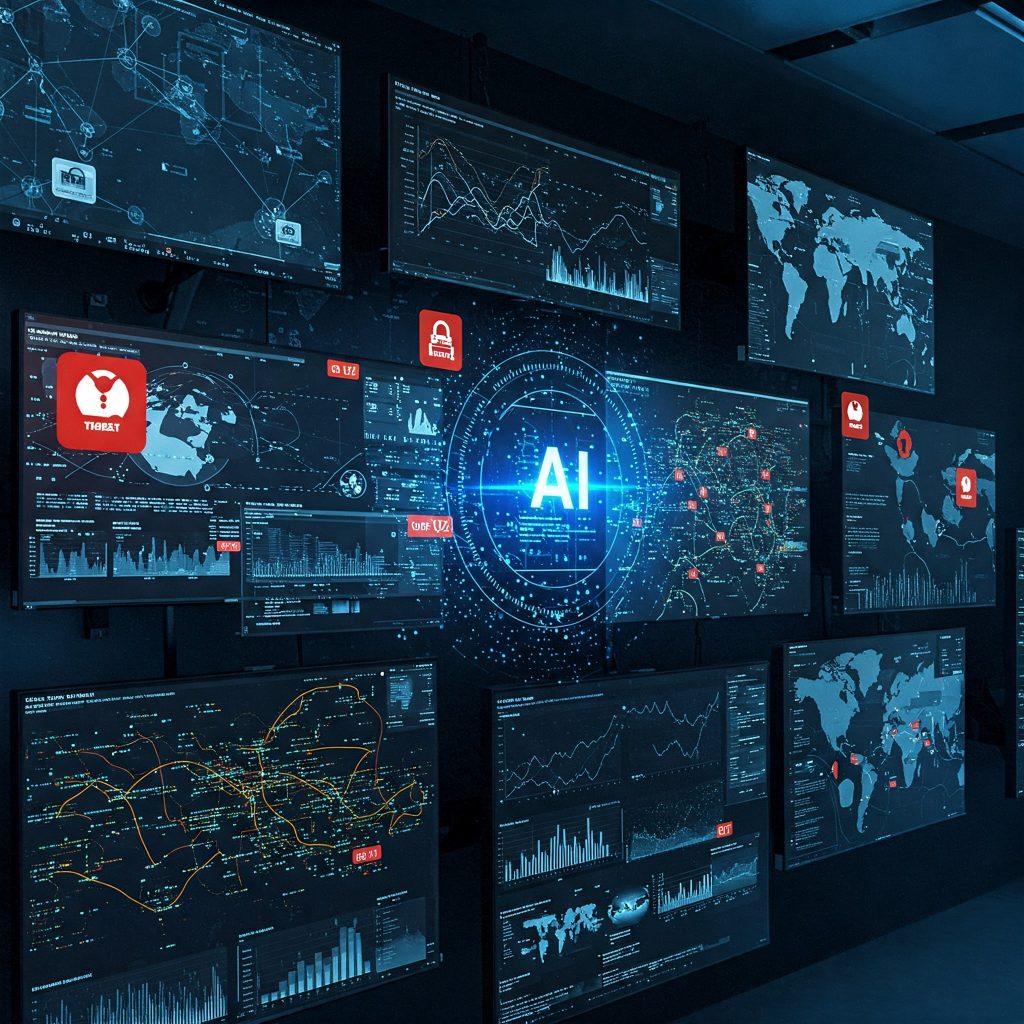
How AI Is Changing Cybersecurity Defense
Artificial intelligence is transforming how organizations defend themselves against cybersecurity, making what was previously impossible with traditional techniques possible. Perhaps most significantly, though, is threat detection and response in real time. AI-powered systems can keep looking at network traffic, user activity, and system logs around the clock for patterns of behavior that are outside normal norms the instant they appear—faster even than a human analyst could ever possibly identify a trend. That ability to react in seconds cuts into the amount of time that attackers have to do harm.
Another fundamental strength of AI is its predictive analytics and anomaly detection capability. Having been trained on historical data and known threat patterns, AI algorithms can predict probable vulnerabilities and find unusual behavior that could be the precursors to an impending breach. This predictive capability enables proactive security actions, such as quarantining at-risk systems or patching potential attack vectors prior to their exploitation.
Furthermore, AI has significantly enhanced malware behavioral modeling and analysis. Instead of being signature-based detection, AI models how a file or process would behave in a sandbox environment and then go ahead to determine if the behavior is typical of malware. Behavioral analysis allows defenders to detect and eliminate zero-day attacks and polymorphic malware the traditional antivirus software would most likely overlook.
These capabilities are increasingly being integrated into modern security infrastructure, including Security Information and Event Management (SIEM) solutions, intrusion detection systems (IDS), and threat intelligence platforms. For example, AI-powered SIEM solutions can provide risk-based alert prioritization and suppress false positives, thus improving analyst productivity. In intrusion detection, AI learns network baselines and can alert even on slight variations, while in threat intelligence, AI helps parse and correlate data from various sources to provide actionable intelligence.
With speed, accuracy, and responsiveness combined, AI is not only augmenting cybersecurity—it’s transforming it. As threats evolve, defenses must too, and AI is becoming the most promising force driving that innovation.

The Dark Side: How Hackers Are Using AI
Although artificial intelligence is offering powerful tools to defend against cyber attacks, AI is becoming an indiscriminate killing tool in the hands of hackers as well. Hackers are more and more using AI to exponentially scale their operations, increase attack success, and get around even the most advanced security measures. One of the most threatening trends is the way AI-powered phishing, deepfakes, and social engineering attacks are making themselves felt. NLP makes it now possible for the attacker to build personalized and plausible-looking phishing e-mails that exactly imitate the style, tone, and words of a person the victim would trust. Artificially intelligent technology behind deepfake makes it possible to create deceptive fake audio or video messages, capable of imitating executives or well-known persons—fraud and deception never appeared so genuine.
In addition, adversaries are using AI for automated exploitation and discovery of vulnerabilities. Machine learning software is able to scan software code, network configurations, and publicly reachable systems for vulnerabilities at a scale and pace no human can replicate. Once the vulnerabilities have been discovered, AI can be used to automatically create and deliver exploit code. Automated discovery and exploitation of vulnerabilities essentially compresses time from discovery to attack, and reactive defenses become much less viable.
AI is also enabling more advanced evasion tactics, such as the capability to create polymorphic malware that, in real time, rewrites its own code to avoid signature-based detection. Malware is able to continually test itself against protective systems and adapt to remain stealthy using reinforcement learning. This is making legacy AV and intrusion prevention systems useless against AI-based threats.
Several real-world attacks demonstrate the growing danger of cyber attacks that take advantage of AI. In a notably high-profile case, AI-fabricated deepfakes of audio were used by cybercrooks to pose as a CEO and persuade a company to send hundreds of thousands of dollars. In another scenario, it has been demonstrated that phishing emails composed with generative AI have a click-through rate 70% higher than emails composed by humans. These all demonstrate how AI isn’t just increasing the size of traditional attack vectors but also facilitating entirely new ones.
As the distinction between attacker and defender dissolves further, attackers’ use of AI is an issue growing at an exponential rate. It is vital to possess an awareness of such attack capabilities in order to build effective, future-proof defenses.
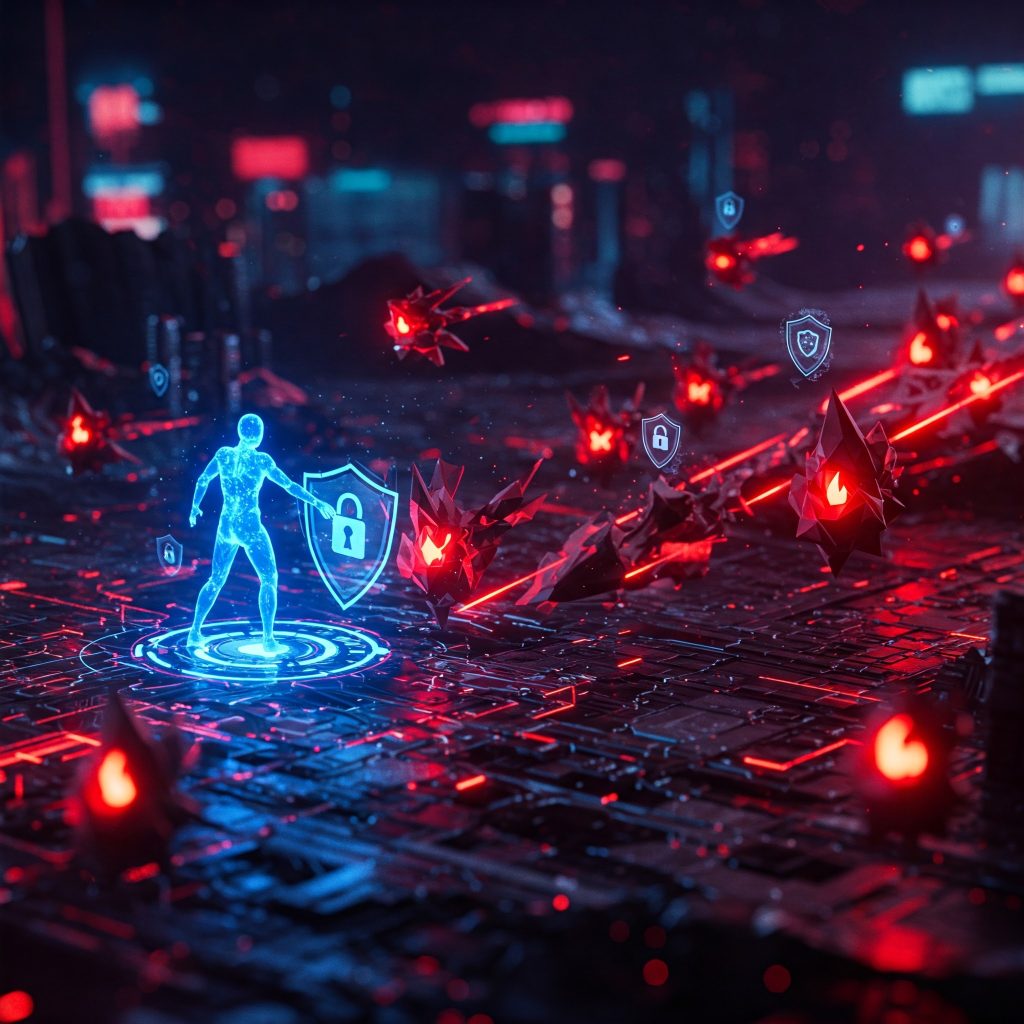
AI Arms Race: Who’s on Top?
Addition of artificial intelligence to cybersecurity has started a hyperactive battle between attackers and defenders—a one that is accelerating at record levels. Both attack and defense camps are employing AI to achieve superiority, but no one knows yet who is ahead. On the surface, attackers have the luxury of employing enterprise-class infrastructure, information sharing of threat intel, as well as legal mandate. Organizations can operate AI at scale to sweep networks, react in real-time to threats, and predict future attacks based on past behavior. But this advantage is often undermined by protracted adoption cycles, limited budgets, disjointed security tools, and the absence of experienced personnel to properly tune AI models.
Cybercrime actors have significantly fewer constraints on their side. They can experiment with open-source AI models, divert legitimate tools to be utilized for nefarious ends, and conduct attacks under negligible oversight. The advent of generative AI platforms like ChatGPT, deep learning frameworks, and open-source language models has lowered the entry point for sophisticated cybercrime exponentially. The attackers are employing these technologies today to automate espionage, create plausible content, and develop dynamic malware—all within a tenth of the time and cost of what used to be feasible. Since attackers have no obligations by the rules, they innovate quicker and more viciously than their defenders can keep up.
Contributing to the challenge is the freely available open-source AI tools, which blur the distinction between virtuous innovation and malicious use. With this, the same tools that allow researchers and security experts to create innovative solutions are also there for black-hat hackers and nation-states. The final outcome is an ever-changing battlefield where tactics, techniques, and procedures continually change, and with all this, any technological advantage is temporary.
Ultimately, the AI arms race is not a zero-sum game of brawn—it’s an iterative, dynamic war of learning and adjustment at scale. For all defenders hold the high moral and infrastructural ground, attackers crave the strategic high ground of speed, agility, and surprise. To stay on the winning trajectory, cybersecurity professionals will have to make a promise of continuous innovation, intersectoral collaboration, and the building of AI systems that are robust, resilient, and morally governed.

Ethical and Regulatory Implications
With AI being deeply integrated in cybersecurity operations—both offensive and defensive—ethical and regulatory implications become more difficult and urgent. The dual-use nature of AI is an ethical issue: the same AI that can secure digital infrastructure can be used for surveillance, manipulation, and disruption. It raises questions of ultimate concern regarding accountability, transparency, and control. Who bears the blame when an AI system has made a threat assessment error? How do we ensure that AI-driven decisions are explainable and auditable? These are not hypothetical problems; they are real challenges governments, businesses, and developers are trying to solve today.
Regulation-wise, the world is still playing catch-up. Few countries have comprehensive legislation addressing AI in cybersecurity explicitly, and hence there are patchy standards and legal ambiguity. For example, while the European Union has suggested the AI Act, which will classify and govern AI systems on the basis of risk levels, it does not yet tackle the speed and level to which AI evolves in the field of cybersecurity. At the same time, in less regulated environments, malicious users have a free hand to experiment and utilize AI-based tools without fear of any legal repercussions.
Ethically, the issue is growing regarding bias and prejudice within AI algorithms. If training data reflects existing biases or incomplete threat intelligence, AI-based security systems can inadvertently classify legitimate users as malicious, or worse, overlook actual threats because of biased learning patterns. This disproportionately affects marginalized groups or smaller businesses with fewer voices in global data sets. Fair AI development involves robust governance systems, diverse training data sets, and inclusive oversight mechanisms to advance fairness, equity, and trust.
Also, applications of AI toward offensive cybersecurity actions, such as nation-state cyberwar or company revenge, produce legitimate legal and ethical questions. Where does advance defense become cyber aggression? Is AI necessarily setting off retaliatory attacks or partitioning systems in opposition to its human handlers’ will? Those subtleties require international forum and coordination of unambiguous standards, treaties, and norms toward the accountable implementation of AI to offensive cyber combat scenarios.
Lastly, addressing the ethical and regulatory challenges of AI in cybersecurity is not a decision—it is a necessity. Without a visionary, collaborative, and human-centric approach, we risk unleashing a technological titan beyond our ability to control it, with possibly dire consequences for the very security it was designed to protect.
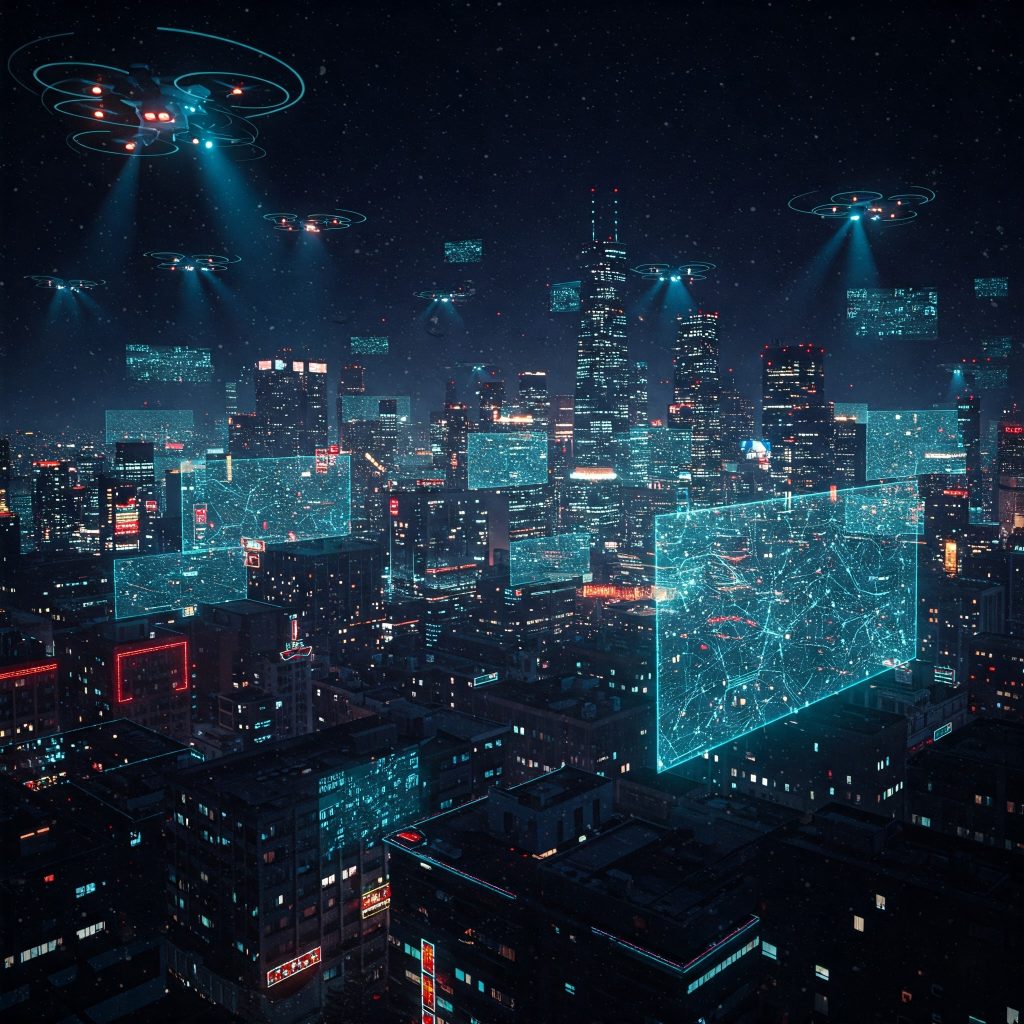
The Future of AI in Cybersecurity: Collaboration or Catastrophe?
The future of artificial intelligence as a cybersecurity tool is at a crossroads—a decision point at which the path forward is either to further enhance human capability through innovative symbiosis or to expose us to frightful vulnerabilities through unenlightened reliance on machines. It’s mostly up to us, and depending on how we continue to bring AI into the cybersecurity community, whether AI will make cybersecurity more or less secure. While AI does possess revolutionary potential, it is clear that its full potential will not be realized by itself but in AI-human hybrid systems, where the capability of machine learning and human thinking are combined.
AI-human hybrid system potential is one of the most promising ways towards strengthening cybersecurity defense. While AI is able to process gigantic quantities of information, recognize patterns, and respond to threats many times faster than any human, it is unable to reason its way through complex, sophisticated scenarios as well as a human being. By marrying the computational powers of AI with human intuition, creativity, and strategic thinking, we can construct a cybersecurity role that leverages both speed and agility. For instance, AI-based systems can automatically detect and react to known threats in real time, while human analysts may be used to oversee these capabilities, applying context and judgment in reacting to new or sophisticated attacks. This partnership could lead to more powerful defenses that are agile as well as effective at fending off increasingly sophisticated cyberattacks.
Proactive cyber threat hunting and response with AI is another cybersecurity field where AI can be a leader. Traditional cybersecurity solutions are reactive in nature—act against threats after they have been detected. AI can enable proactive measures by hunting for incoming threats ahead of time before they can cause damage. Using machine learning protocols and foretelling statistics, AI is capable of using network behavior, user interaction, and historical information to be capable of foreseeing and identifying pending cyberattacks in the future. These systems are capable of always being on call day and night, monitoring for indications of highly unusual occurring events that might forecast an impending menace. Thus, AI enhances the ability of an organization to identify and shut down threats before they are even in their formative stages, like a security guard going the rounds before the break-in is actually made. It is revolutionary, this move from reactive to proactive defense, narrowing the window of opportunity that can be used by attackers before they exploit weaknesses and allowing for a more robust and dynamic security posture.
But when we look at the future of AI in control of cybersecurity activities, we must ensure that we are building secure systems through moral innovation. The more AI is integrated into essential infrastructure, security and reliability are of paramount importance. Systems should be designed with intrinsic redundancy and fail-safes so that they are fault- and cyberattack-resistant. Ethical AI innovation demands that cybersecurity professionals focus not only on how they can harness the capabilities of AI, but also the ethics and sustainability of doing so. AI models, for example, need to be thoroughly tested under real-world conditions so they are resilient enough to take in whatever surprises life may have in store. Further, although AI continues to become more autonomous, we must have human oversight to ensure that systems operate as designed along with protecting against hostile exploitation of weaknesses in AI decision-making systems. Simply stated, the fate of AI within cybersecurity is within our control as determined by what we choose to build and utilize with these tools.
If human-AI collaboration is embraced, there is immense potential to create defenses that are not only effective and rapid but also creative, ethical, and long-lasting. But if AI is employed without concern for its broader consequences or without adequate protection, it can create a dangerous reliance on systems that are manipulable and exploitable. To prevent a disaster scenario, the cybersecurity community needs to move ahead cautiously, responsibly, and with an unshakeable commitment to innovation and security. The future of cyber security isn’t a future in which AI exists in isolation but one where it is paired with human brains to forge a safer cyber world.
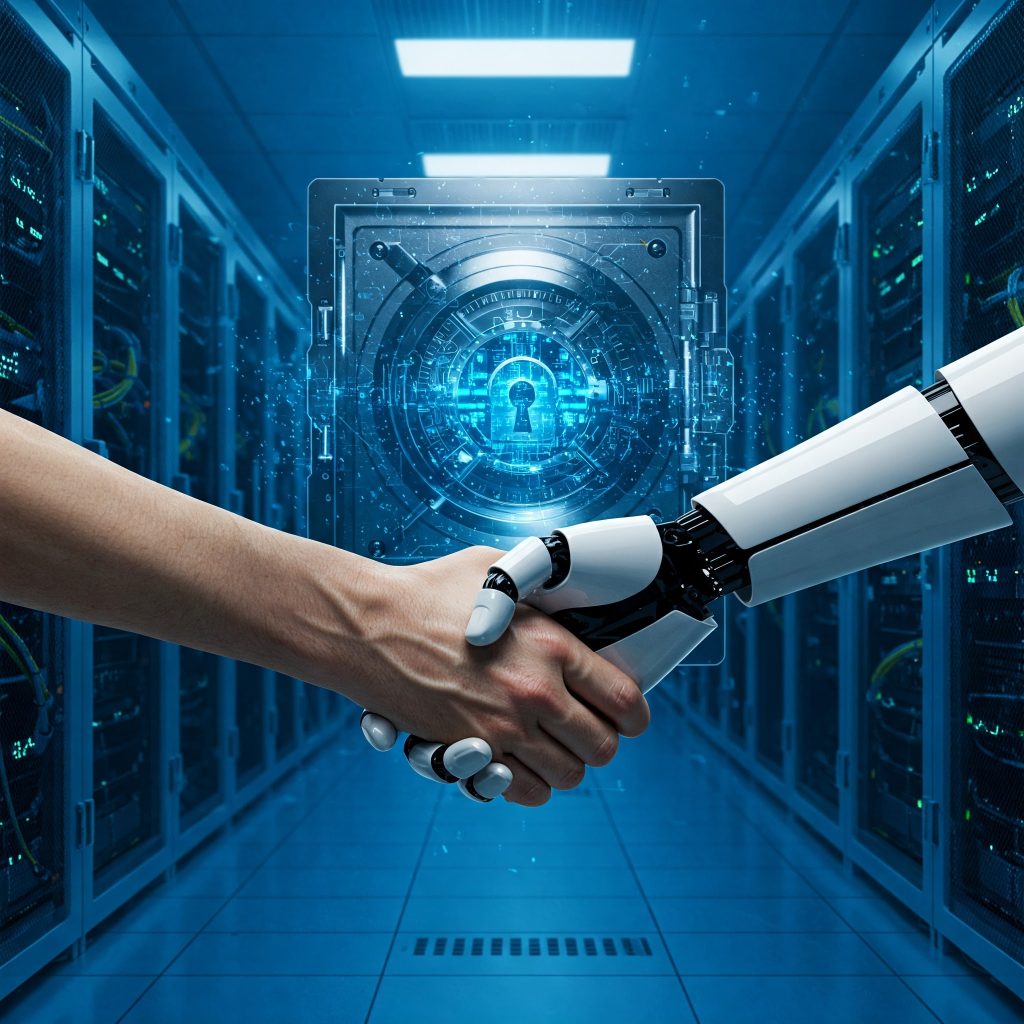
A Call for Balance and Vigilance
As we bring this discussion of AI’s role in cybersecurity to a close, it is certain that artificial intelligence is a double-edged sword—a force for good and an imminent threat.
On the positive side, AI has the potential to revolutionize cybersecurity defense by being able to identify, anticipate, and respond to threats faster and more effectively than ever before. From real-time threat detection to proactive cyber threat hunting and the automation of routine security tasks, AI has the potential to reshape the cybersecurity landscape, making it more resilient and adaptive in the face of increasingly sophisticated cyber threats. On the other hand, AI’s capabilities are not without risks. Cyberattackers are already using AI, leveraging its power to execute automated phishing, create deepfakes, and exploit vulnerabilities on an unprecedented scale. The same technologies that promise to protect us can be used to harm us, creating a dangerous feedback loop where innovation races ahead of security measures. With this two-sidedness, it’s of utmost importance that all parties engaged—cybersecurity experts, developers, regulators, and enterprises—remain informed and keep current with the dynamically changing environment regarding AI in cyber.
Changing happens quickly, and the attacker and defender instruments and methods both continuously change. In order to stay ahead of such changes, cybersecurity experts need to learn about the latest developments in AI continuously, adjust their approach to remain one step ahead of attackers, and adopt a culture of ongoing innovation. This needs not just technical know-how but also ethical awareness and a sense of responsible use of AI, so that its deployment is guided by the overall imperatives of security, equity, and accountability. In the future, the future of AI needs to be a blend of innovation and caution. As much as AI offers unparalleled advantage in automating and enhancing cybersecurity operations, it cannot be envisioned as a silver bullet. Instead, it must be added carefully, along with human judgment, as part of an overall cybersecurity posture. This approach must focus on transparency, cooperation, and resilience—leveraging the strength of AI to safeguard, yet ensuring security systems can adapt and respond when something happens off. Ultimately, the key to securing a future in which AI is at the core of cybersecurity is remaining vigilant, even-handed. By ensuring that AI is a method for increasing human beings—rather than a power that replaces human decision-making—we can harness its total value without eroding the very security we’re attempting to protect. In conclusion, the path forward requires a thoughtful, ethical process of introducing AI into cybersecurity. The race to harness the power of AI for good has begun, but it must be followed by an ongoing focus on caution, collaboration, and mindful innovation. Only then can we ensure the future of cybersecurity is not defined by disaster, but by resilience and progress.




